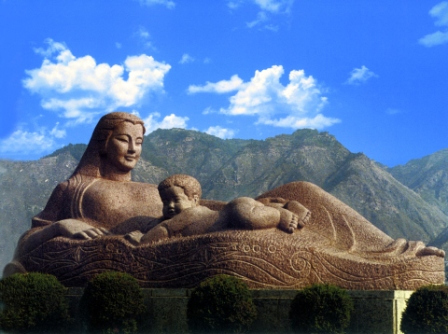|
 Known in ancient times as Jincheng (Golden City), Lanzhou was incorporated as Jincheng Prefecture during the Han Dynasty. Situated in the heart of continental China, it is known as the 'capital of hinterland China'. As a modern petrochemical industrial powerhouse, a science research center, and a land of melons and fruits, Lanzhou has emerged as a commercial and trade center in northwest China. It is also the center of tourism of the entire Gansu Province. Known in ancient times as Jincheng (Golden City), Lanzhou was incorporated as Jincheng Prefecture during the Han Dynasty. Situated in the heart of continental China, it is known as the 'capital of hinterland China'. As a modern petrochemical industrial powerhouse, a science research center, and a land of melons and fruits, Lanzhou has emerged as a commercial and trade center in northwest China. It is also the center of tourism of the entire Gansu Province.
The traditional tourist attractions include the green corridor of Binghe Road (stretching all the way from the Sun Yat-sen Bridge, the White Pagoda Mountain, and the Waterwheel Garden to the Statue of Mother Yellow River), the Bingling Temple, the Provincial Museum, the Mountain of Five Springs, the Lanshan Park; the Xinglong Mountain in Yuzhong County.
Bingling Temple is located in Xiaoji Mountain on the north bank of the Yellow River. 'Bingling' means 'thousand Buddhas' in Tibetan. With a history of 1,000 years, the caves with statues and niches, were carved into the steep cliffs over a length of two kilometers and in four tiers with the Yellow River surging below. There are 183 caves, 694 stone statues, 82 clay figures and 900 square meters of murals preserved from past dynasties. The tallest statue is 27 meters and the shortest, only 20 centimeters. About two-thirds were sculpted during the Tang Dynasty.
|